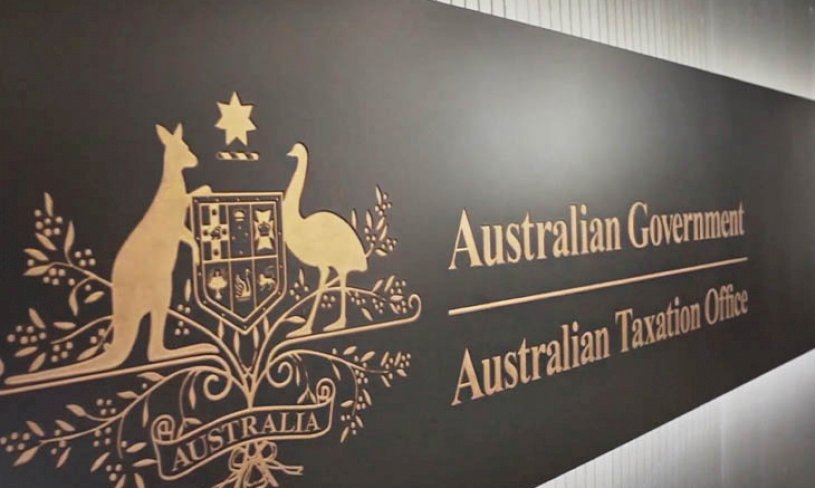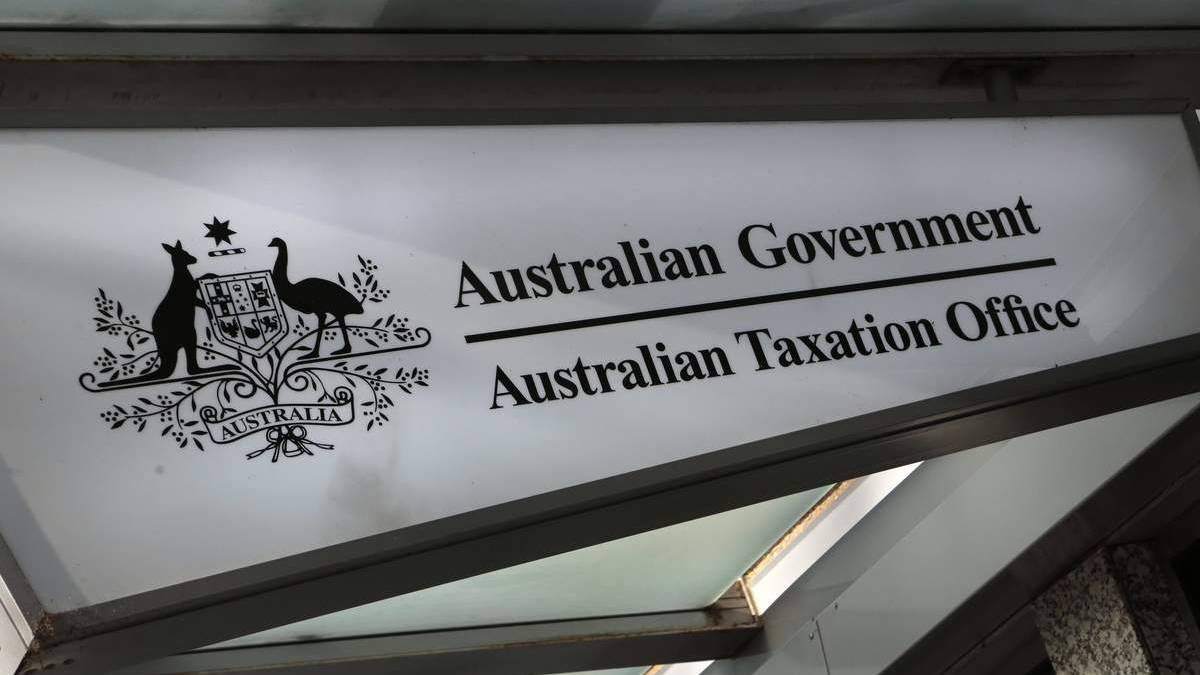The ATO’s newly released March 2021 quarterly statistical report has revealed the total number of SMSFs will soon hit 600,000, with consistent growth seen across establishments and assets as the industry heads into a post-COVID recovery economy.
The ATO has released the March 2021 self-managed superannuation fund (SMSF) quarterly statistical report revealing the latest statistics on the SMSF sector.
The report shows that there are now approximately 597,396 SMSFs and an estimated 1,120,936 members. These figures point to overall growth in total fund numbers, which have increased on average by around 2 per cent each year over the last five years.
The March 2021 quarter saw more than 6000 new SMSF establishments showing continued growth compared to previous quarters whilst windups have also hit record lows with around 240 recorded. Fifty-three per cent of SMSF members are male and 47 per cent are female whilst 86 per cent of all SMSF members are 45 years or older.
Total estimated SMSF assets increased 3 per cent over the quarter, from $763 billion in the December 2020 quarter to $787 billion in the March 2021 quarter.
The top asset types held by SMSFs (by value) continue to be listed shares (26 per cent of total estimated SMSF assets) and cash and term deposits (19 per cent).
Asset allocations in LRBAS saw its biggest continued increase of around 7 per cent ever since its numbers stagnated during the December 2019-September 2020 period.
Non-residential and residential property also saw higher growth in asset allocations compared to December 2020 numbers.
Overseas assets have also seen an increase across the spectrum of shares, property and managed investments. Meanwhile, cryptocurrency assets continued to see a decline compared to the December 2020 quarter and haven’t seen an increase ever since June 2019.
In the new establishments recorded in the quarter, around 56 per cent of new SMSF members are male and around 44 per cent are female. Individuals aged 35-44 make up the majority of most of the establishments accounting for both male and female.
Meanwhile taxable income ranges of the members of SMSFs which were established during the March 2021 quarter show incomes around $100,000 to $150,000 to be the most common for members accounting around 18.5 per cent.
NSW, Victoria and Queensland continue to remain the top three areas for new funds established.
This comes as new data was also released by the Australian Prudential Regulation Authority showing total superannuation assets increased 3.1 per cent for the quarter and 13.9 per cent over the 12 months to March 2021 to hit a record high of $3.1 trillion.
Total contributions into the system remained broadly steady at $121.2 billion for the 12 months to March 2021, increasing 0.8 per cent compared to the previous year.
Total benefit payments were $18.3 billion for the March 2021 quarter following the conclusion of the Government’s temporary COVID‑19 early release of superannuation measure.
A more detailed overview of the ATO statistical report can be found here.
Source: SMSF Adviser






